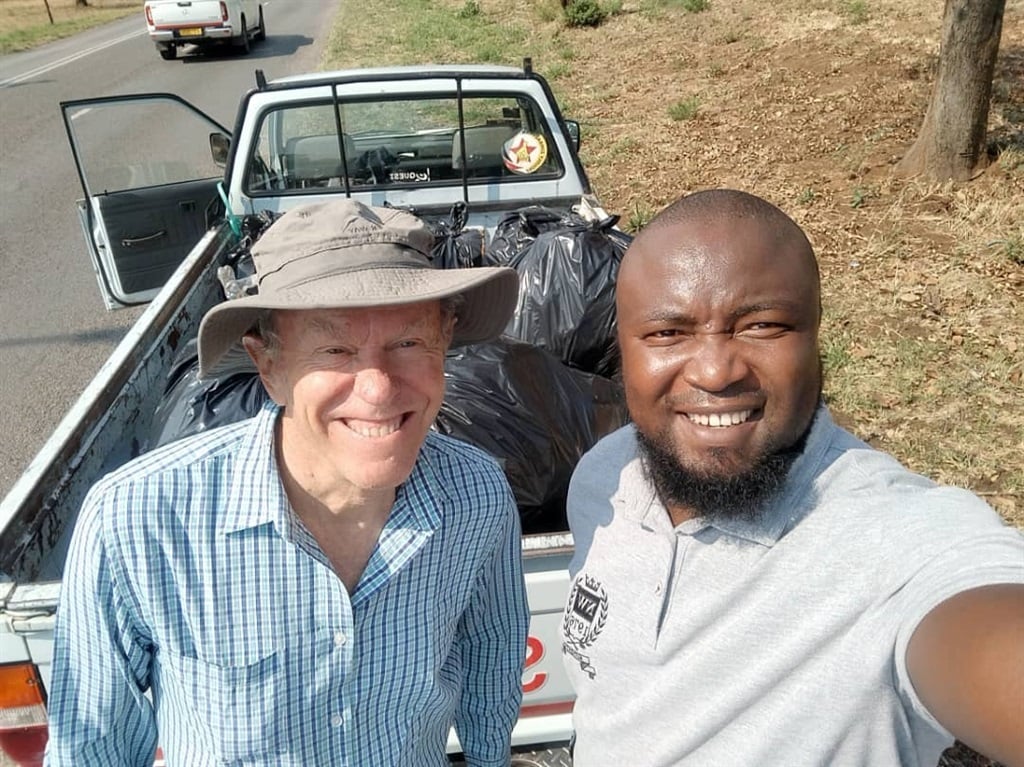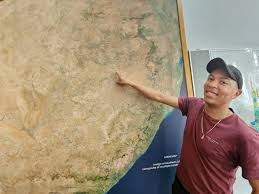
Less than a year since the murder of Cecil the Lion at the hands of a hunter in Zimbabwe, another “celebrity lion” has been taken down. This time the victim is Mohawk, a Kenyan lion in Nairobi National Park named for his unusual mane—and his untimely death is unleashing an international outcry with the hashtag #JusticeForMohawk.
But Mohawk wasn’t hunted. Mohawk was shot down by a ranger with the Kenya Wildlife Service.
How Did This Happen?
Nairobi National Park is possibly the one place in Africa where you can legitimately take an urban safari—the park abuts the city, putting big game and big populations side by side. Though the park is mostly fenced in, one of its borders is a river that has been famously difficult to secure. There has been a rise in escaped lions as a result, and the cats often end up in Nairobi’s outer villages.
This time, Mohawk escaped into the town of Isinya after a territorial dispute with another lion. There, the lion was surrounded by taunting locals and thrashed a man with his paw. Following the incident, Kenya Wildlife Service arrived on the team—with rifles rather than tranquilizers. News reports claim that the first rangers to arrive tried to rein in the lion before shooting, in hopes that reinforcements with tranquilizers would arrive and spare the lion’s life. But in what has been called a “last ditch effort” to control the situation before other humans were injured, the ranger shot and killed Mohawk.
Reports have varied on the size and rowdiness of the crowd that incited Mohawk—some accounts have placed it as large as 400 people, some claim the crowd was “gawking” rather than “throwing rocks,” and local Kenyan sources have said that “spears and arrows” were involved in the human attacks.
How Could This Have Been Prevented?
Yes, Kenya could have done more to secure the borders of Nairobi National Park. And yes, the ranger in question should have been armed with a tranquilizer rather than a rifle. But there’s a bigger question at play in this particular situation.
Humans and wildlife have long conflicted over farmland, food, territory, and more, particularly in Africa. It’s one of the key areas of policy development for the conservation community at large.
In this case, Mohawk invaded human territory, but didn’t pose any type of real threat until the humans behaved badly. This begs an important point. All humans within close proximity to game reserves and wildlife parks, be they locals or safari-goers, need to be given at least a cursory education on interacting with predators—the 101 on what and what not to do.
Recall the incident last summer when a safari-goer was mauled and killed by a lion in Lion Park, outside Johannesburg. She had blatantly ignored park rules and rolled down her car window to get a better view of an up-close visitor. The cat that killed her wasn’t put down, but the prospect was not out of the question.
Mohawk’s fate was not so lucky, but it was also at the hand of careless humans who didn’t play by obvious rules: don’t disturb wildlife. Don’t taunt predators. Keep your arms and legs in the enclosed vehicle at all times. Feeding is not allowed. Neither is poking or prodding. This is common sense, but apparently it needs to be formally taught to locals and visitors alike.
What Can the Conservation World Do?
A shining model for mitigating human-wildlife conflict can be found at Campi Ya Kanzi, a luxury safari camp on a Maasai reserve not far outside of Nairobi. Here, park rangers are trained to protect lions rather than kill them when human-wildlife conflict ensues. The property has also created a pioneering effort to curb the deaths of lions and other game that encroach on locals’ property—most of whom are shot in retaliation for crop damage rather than personal injury. To curb that trend, proceeds from each guest stay fund a trust to reimburse locals for lost farmland or property damages. The program has de-stigmatized the presence of stray lions in villages and has given locals financial incentive to play by conservatory rules.
Increasing education and shrinking the pain points between humans and wildlife is critical to the survival of lions and big game through the entire continent of Africa. Mohawk’s is one tragic incident out of many that highlight just how important it is to find creative solutions to human-wildlife conflict, to support the pioneers who are paving the way, and to take the lead on educating ourselves before encountering predatory species. That, and that alone, is how justice for Mohawk can be served.






